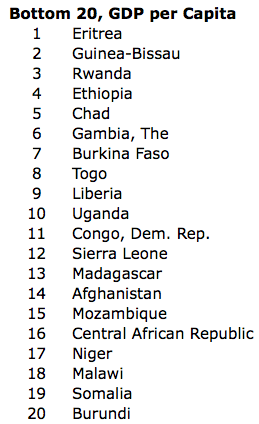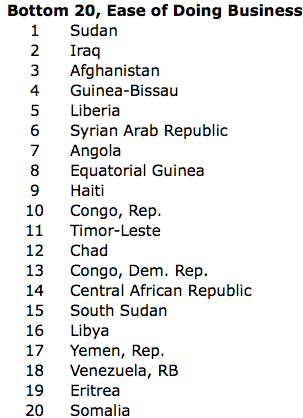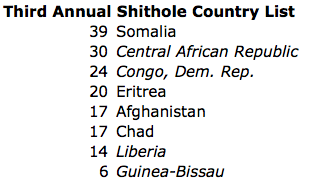We forget what the past was like. No matter that we actually lived the past, the realities of how people felt and believed are lost, and we move on. We focus on today; but there are clues we can unearth to show us how much has changed, and how far the changes have gone.
There is a song ‘Crying in the Chapel’, which was a hit in the year 1953. This song is known to me only because it was included in an R&B anthology on CD which I bought and ended up in my regular rotation. ‘Crying in the Chapel’ was re-recorded often enough by other artists to become “one of the most covered of 1953”. Elvis recorded a version in 1960, and it became a million-seller, one of his biggest hits in the 1960s, and was included in the RCA greatest hits compilation “Gold Standard Series”. See here a selection from the lyrics of ‘Crying in the Chapel’:
“You saw me crying in the chapel
The tears I shed were tears of joy
I know the meaning of contentment
I am happy with the LordJust a plain and simple chapel
Where all good people go to pray
I prayed the Lord that I’ll grow stronger
As I live from day to dayI searched and I searched but I couldn’t find
No way on earth to find peace of mindNow I’m happy in the chapel
Where people are of one accord
Yes, we gather in the chapel
Just to sing and praise the Lord.”
Shocking, isn’t it? You may laugh, but the evidence is that those were common sentiments at the time. Today these lyrics are likely greeted with hoots and howls, but in the 50s and 60s they were mainstream. So, page forward to today: we here in Seattle recently experienced what was described as a “ghastly downtown event”, summarized here:
“three men, apparently street gang members, got embroiled in a rush-hour gunfight at the crowded intersection of Pine Street and Third Avenue. A 50-year-old female, described by the Seattle Times as a “joyful woman who lived a rich life,” was killed, and seven others were wounded, including one of the shooters. After the melee, police found some 20 shell casings at the scene.”
Modern popular culture forms the context. Recently I did an Internet search using the string “most popular rap songs 2019 list” and came up with a list, and at the top of the list was “I Said Me” by the artist 2 Chainz. A selection from the lyrics follows:
“Yeah, my daughter asked me what a drug dealer was
I said me, uh
When the lawyer asked me what a fuckin’ killer was
I said me, uh
When the bitch asked me what a real nigga was
I said me, haha, yeah
Overseas in a yacht, they askin’ who it was
I said me
I get high if it’s the right amount (Yeah)
I get a buzz checkin’ my account (Alright)
I get tipsy eatin’ red pussy (Tell ’em)”
You think this is an outlier? Remember, my search engine passed it back to me as top of the list in popularity. One critical review called it “his most cogent and organized album by far, and his most thoughtful one.” Another reviewer wrote:
“We need more for the next tape. This album feels like a new beginning for 2 Chainz; he talks about his veteran age, how his actual drug dealing is all in the past, how he’s a washed up ball player… it feels like that’s all he’s got going for him now. The foundation is there, but we need more for things to be as interesting as they could be.”
I’m not making it up.
The 50s hit “Crying in the Chapel” speaks from a Christian point of view, but I don’t endorse Christianity in particular. My experience is that the other major religious faiths equally reject the self-absorbed and violent views of the artist 2 Chainz.
The Bottom Line
I believe we’re experiencing a loss of consensus about what is right and wrong, and a loss of community standards enforcing sensible values.


